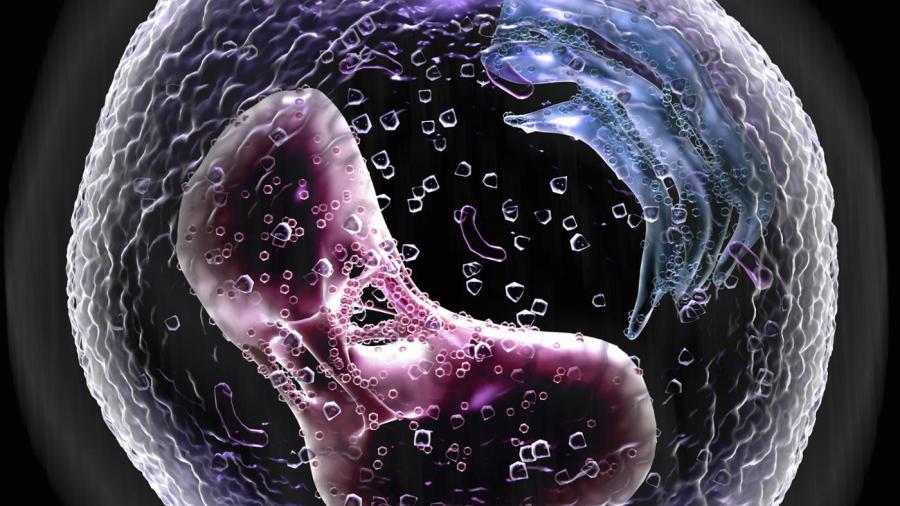Why Is the Cell Membrane Said to Be Selectively Permeable?

The cell membrane is said to be selectively permeable because it lets certain substances pass through while restricting the passage of others. The actual structure of the cell membrane allows free passage or restricts movement of substances across the membrane. Three ways in which the cell membrane controls the movement of substances is simple diffusion, facilitated diffusion and active transport.
The cell membrane, or plasma membrane, consists of a lipid bilayer in which phospholipids line up in a double layer with their hydrophobic tails facing each other and their water-loving heads facing the exterior and interior of the cell. Embedded in this bilayer are various proteins that play a role in controlling the passage of substances.
With simple diffusion, certain substances such as water, oxygen and carbon dioxide move from an area of high concentration to an area of low concentration. This type of movement does not require energy because the substances move down their concentration gradients. In facilitated diffusion, ions and larger molecules pass through a channel down their concentration gradients. Facilitated diffusion also does not require energy.
Active transport does require energy to power the pumps that move substances from one side of the membrane to the other against their concentration gradients. To illustrate, the sodium-potassium pump moves three sodium ions out of and two potassium ions into the cell using the energy molecule ATP.





